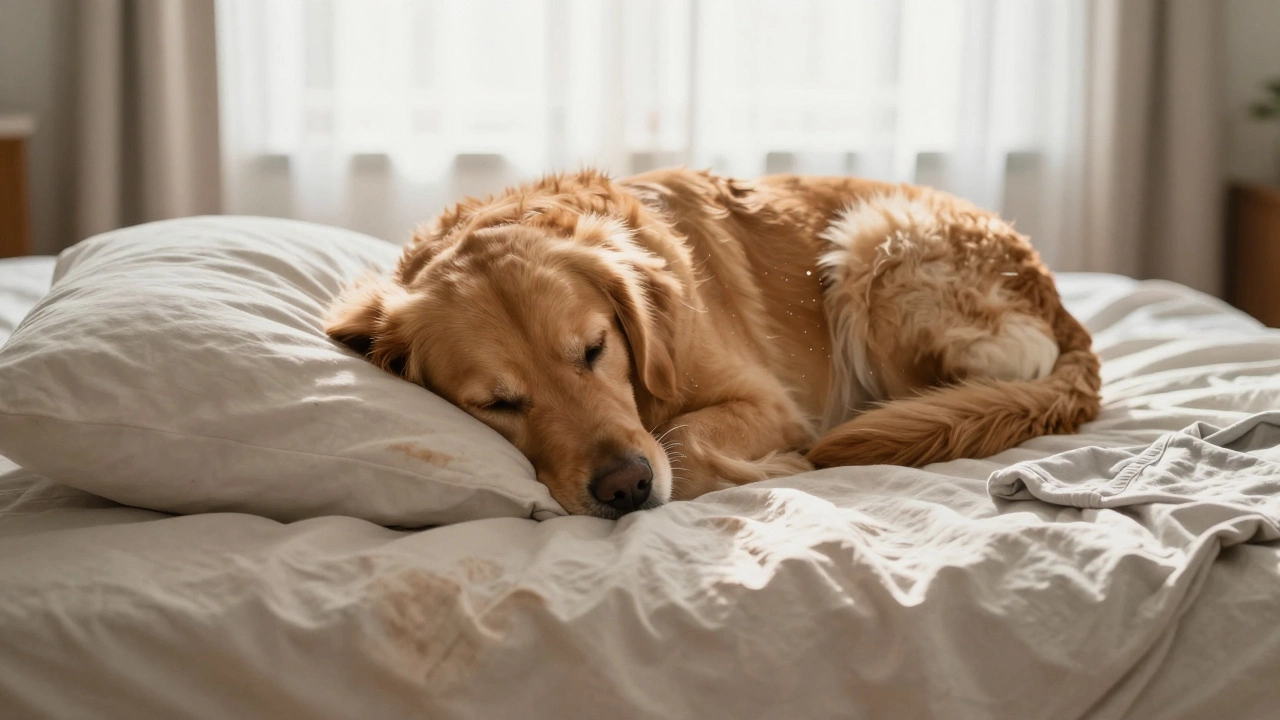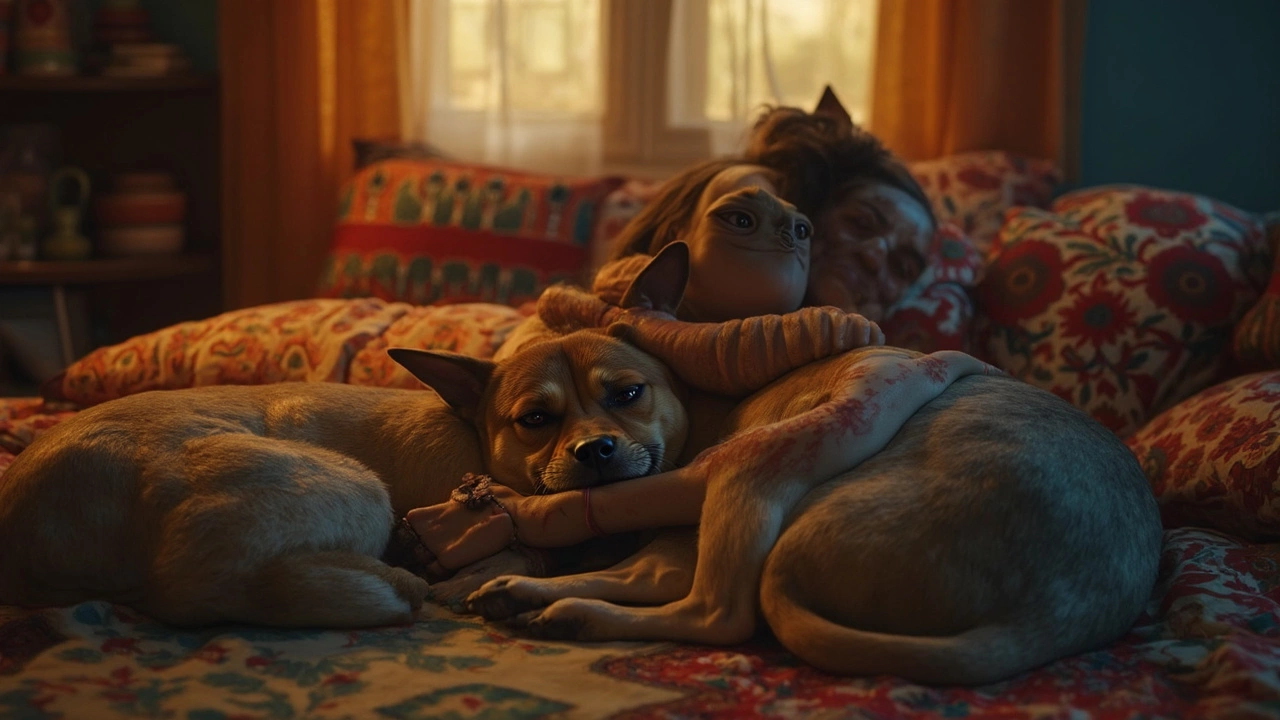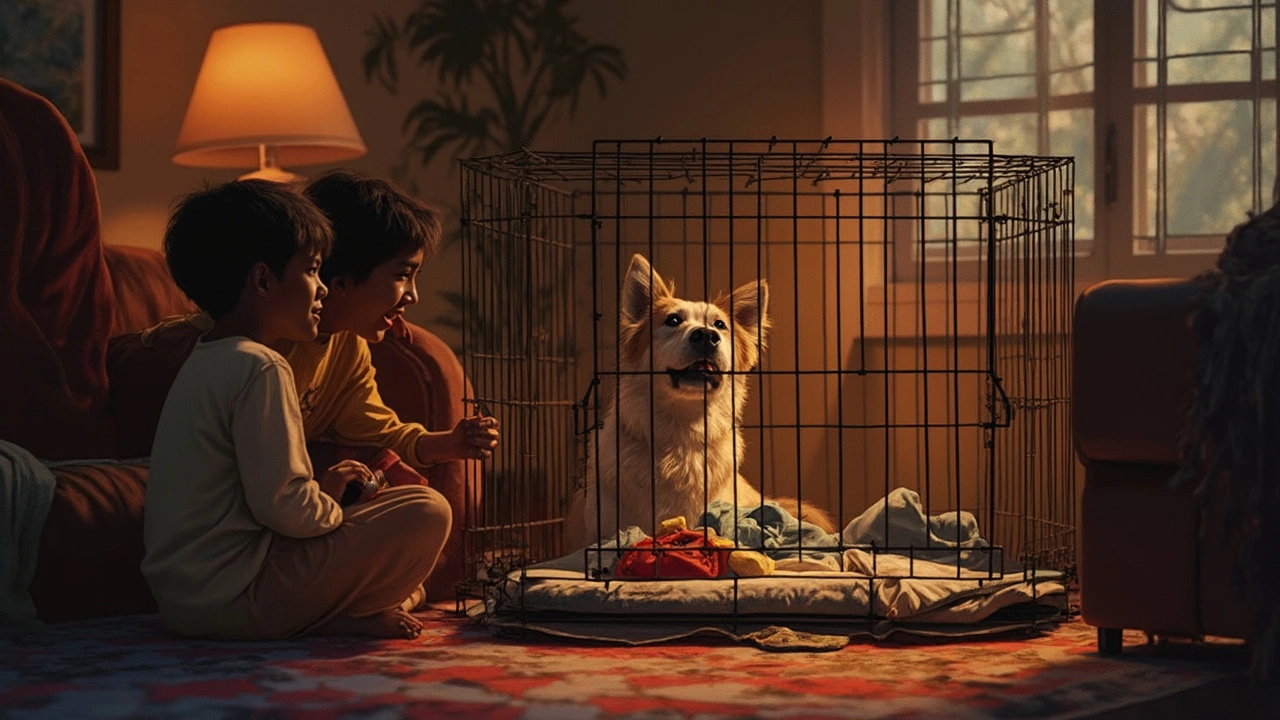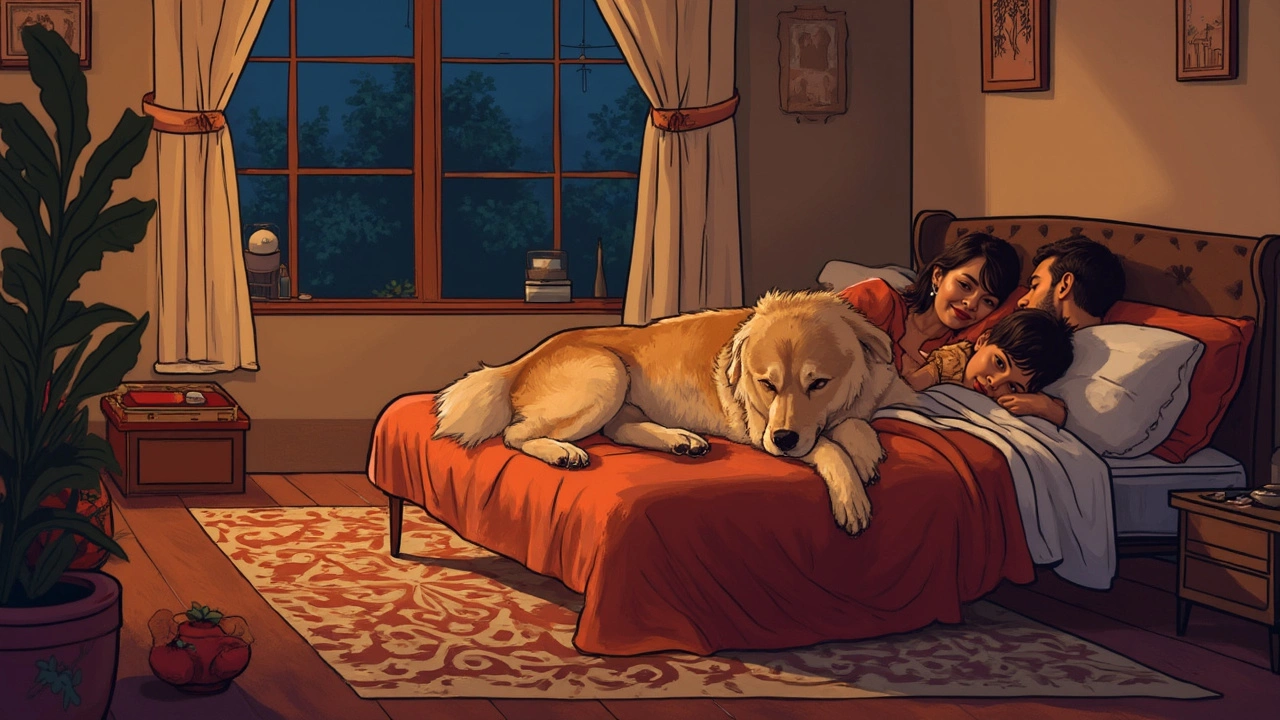Dog Sleep Habits: How Much Rest Your Pup Needs
Ever wondered why your dog snoozes all day but still looks exhausted after a short nap? It’s not random – dogs have their own sleep cycles, just like us. Understanding these habits helps you spot problems early and make bedtime easier for both of you.
How Much Sleep Does Your Dog Need?
Most adult dogs need about 12 to 14 hours of sleep in a 24‑hour period. Puppies and senior dogs require more – often 18 to 20 hours. A typical day breaks into several short naps and one deeper nighttime sleep. If your dog is constantly moving, whining, or seems restless at night, it could be a sign they’re not getting the right amount of deep sleep.
Dogs don’t stay in one sleep phase for long. They cycle through light REM (rapid eye movement) sleep and deeper non‑REM stages every 20 minutes. During REM, you might see twitching paws or soft whimpers – that’s perfectly normal. The deeper stages are when the body repairs muscles and restores energy. Anything that disturbs those deeper stages – loud noises, bright lights, an uncomfortable bed – will make your dog wake up feeling groggy.
Tips to Improve Your Dog's Sleep
1. Set a routine. Dogs love predictability. Feed, walk, and play at the same times each day. A consistent evening wind‑down (short walk, quiet play) signals it’s time to settle.
2. Create a cozy spot. Choose a quiet corner with a comfortable crate or a padded mat. Keep the area away from drafts, TV noise, and heavy foot traffic.
3. Limit caffeine‑like treats. Some foods (especially those high in sugar) can boost energy. Stick to balanced meals and avoid giving treats right before bedtime.
4. Watch the temperature. Most dogs sleep best between 68‑72°F (20‑22°C). Too hot or too cold can cause restlessness.
5. Exercise wisely. A good bout of play in the afternoon burns off excess energy, but avoid intense activity right before bed – it can keep them wired.
If you notice frequent nightmares (often seen as sudden shaking or barking in sleep), a vet check can rule out medical issues. Similarly, excessive snoring or coughing may indicate allergies or respiratory problems that need attention.
Finally, be patient. Changing sleep habits can take a week or two. Keep the environment calm, stick to the schedule, and watch how your dog’s sleep improves. You’ll both feel the difference – more energy for you, and a well‑rested, happy pup.

Why Does My Dog Sleep on My Bed When I'm Not There?
Your dog sleeps on your bed when you're gone because it smells like you-and that’s their way of coping with separation. Learn why this happens and how to give them comfort without letting them on your bed.
read more
Dog Beds: Why Does My Dog Sleep Next to My Bed?
Curious about why your dog prefers to sleep right next to your bed instead of in their own space? This article unpacks the real reasons dogs stick close at night, from instinct to comfort. You'll discover whether this habit is healthy for you and your pet, signs your dog’s sleep style could become a problem, and when to encourage more independence. Plus, get tips to make your dog's sleeping setup cozy and inviting.
read more
At What Age Should a Dog Not Sleep in a Crate? Key Signs and Tips
How long should your dog sleep in a crate? This article dives into the signs that your dog is outgrowing the crate, the best age to let them sleep outside, and practical steps for a smooth transition to a dog bed. You'll also find useful tips to keep your dog feeling safe and comfy and learn why timing matters for their well-being. If you're unsure when to say goodbye to the crate, this guide has your back.
read more
Do Dogs Sleep with the Alpha Human?
Ever wondered if dogs choose to sleep next to the 'alpha' in the family? This article explores the relationship between dogs and their sleeping habits, particularly focusing on how they decide who to snuggle with at night. By understanding their pack mentality and natural instincts, pet owners can learn how their dogs perceive family dynamics when it comes to bedtime. Get insights into why your bed might be their favorite spot and what it means in the context of being the 'alpha.'
read more


